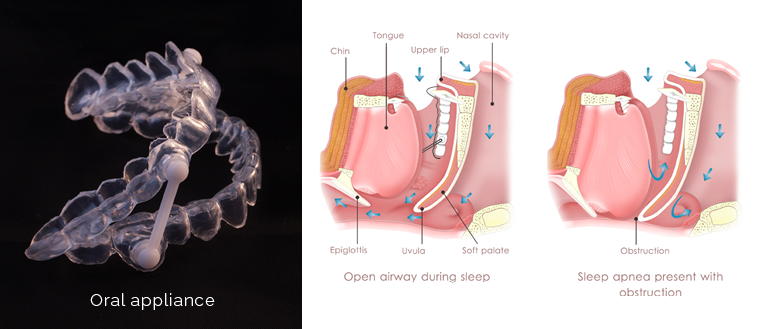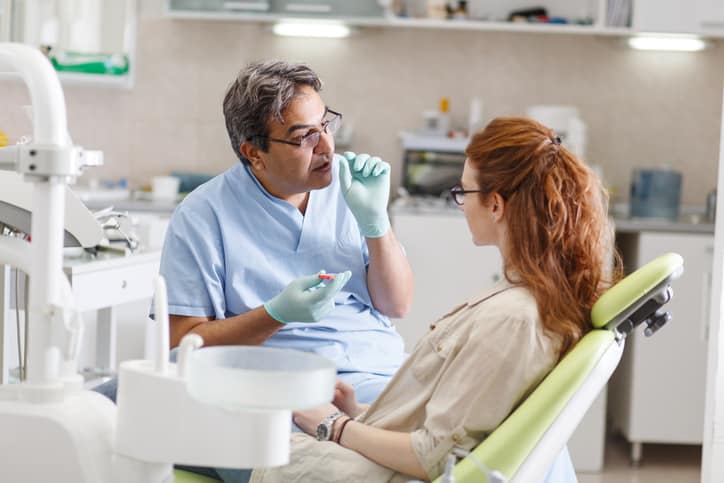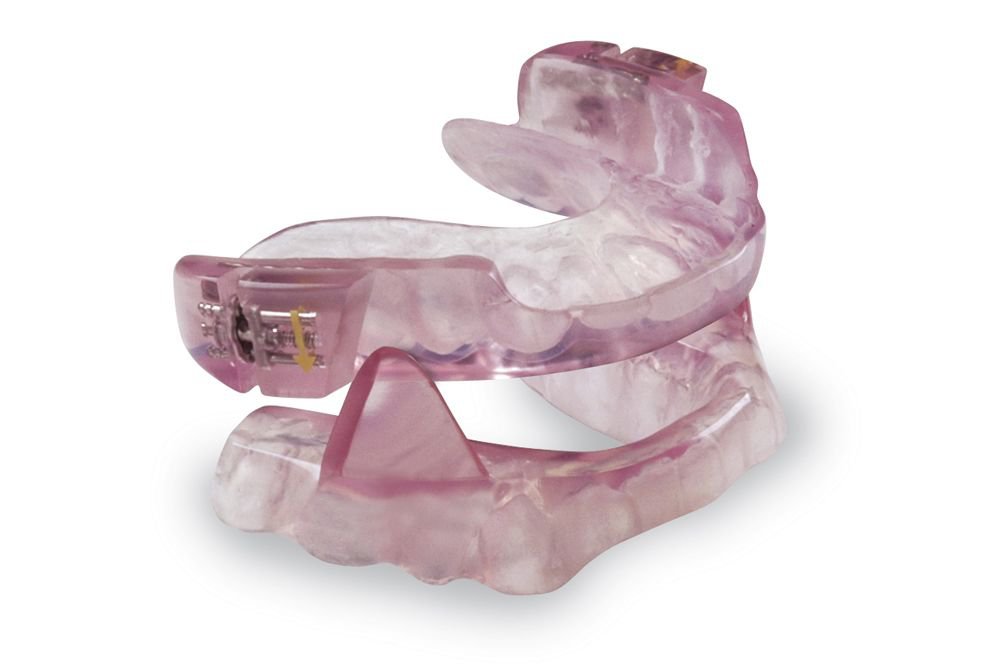Apnea sleep dental types appliances michigan
Table of Contents
Table of Contents
Sleep apnea is a common condition that affects millions of people worldwide, leading to daytime fatigue, snoring, and poor quality of life. Although there are various treatment options available, dental appliances have become one of the most sought-after approaches for sleep apnea management. In this blog post, we will explore Dental appliances for sleep apnea and treatment patient satisfaction surveys, including their benefits, drawbacks, and how they affect patients’ quality of life.
Pain Points Related to Dental Appliances for Sleep Apnea and Treatment Patient Satisfaction Surveys
Sleep apnea is a chronic condition that affects patients’ quality of life, leading to daytime fatigue, mood swings, poor concentration, and an increased risk of heart disease and stroke. Although there are various treatment options available, many patients hesitate to seek professional help because of the cumbersome, bulky, and noisy Continuous Positive Airway Pressure (CPAP) machines. The loud noise generated by CPAP devices can disrupt patients’ sleep or their bed partner, leading to dissatisfaction with the treatment outcome.
Answering the Target of Dental Appliances for Sleep Apnea and Treatment Patient Satisfaction Surveys
Dental appliances such as oral mandibular advancement devices (OMADs) and tongue retaining devices (TRDs) have been shown to be an effective alternative to CPAP machines in managing mild to moderate sleep apnea. OMADs are custom-made, horseshoe-shaped devices that fit snugly over teeth, pushing the lower jaw forward to keep the airway open during sleep. TRDs are suction cups that hold the tongue forward, preventing the tongue from falling back and blocking the airway. Both appliances are convenient, easy to use, require no electricity, and do not produce any noise, making them a popular choice among patients.
Summary of the Main Points Related to Dental Appliances for Sleep Apnea and Treatment Patient Satisfaction Surveys
Dental appliances have emerged as a promising treatment option for sleep apnea, offering an effective and convenient alternative to CPAP machines. Although CPAP remains the gold standard treatment for moderate to severe sleep apnea, dental appliances have demonstrated improvements in patients’ daytime sleepiness, quality of life, and patient satisfaction, according to various studies. However, before choosing any sleep apnea treatment, patients should consult with a sleep specialist to determine which method is suitable for their medical history and severity of the condition.
Dental Appliances for Sleep Apnea and Treatment Patient Satisfaction Surveys: Personal Experience
My experience with dental appliances has been life-changing. As a former CPAP user, I struggled with sleeping with a loud and bulky machine every night. It was uncomfortable, and I felt like I was in a different world. When my sleep specialist recommended trying an OMAD, I was skeptical at first. However, after the first night of using it, I noticed a significant difference in my sleep quality. I felt more rested, had fewer headaches, and my bed partner even remarked that I stopped snoring, which was a huge plus. Since then, I’ve been using an OMAD regularly and cannot imagine going back to CPAP machines again. It’s lightweight, comfortable, and easy to slip on before bed."
The Benefits of Dental Appliances for Sleep Apnea and Treatment Patient Satisfaction Surveys
Dental appliances offer several benefits over other sleep apnea treatment options. In addition to being noise-free, dental appliances are portable, making them ideal for travelers. Unlike CPAP machines, dental appliances do not require electricity, making them energy-efficient and eco-friendly. Moreover, dental appliances come in various sizes and designs, making them suitable for patients with different mouth shapes and sizes, ensuring maximum comfort and effectiveness. However, the success of the appliance depends on its proper selection, design, and follow-up with a sleep specialist, emphasizing the importance of regular sleep reviews and long-term follow-up for good patient outcomes.
The Drawbacks of Dental Appliances for Sleep Apnea and Treatment Patient Satisfaction Surveys
Like any treatment option, dental appliances have their limitations. In some cases, dental appliances may not be suitable for patients with severe sleep apnea or other underlying medical conditions. Moreover, dental appliances may cause mouth dryness, excessive salivation, and jaw pain in some patients, making them uncomfortable to use. Finally, dental appliances may require regular adjustments and modifications of the oral appliance and patient education to improve treatment outcomes and long-term compliance for the best patient experience. This underscores the importance of careful patient selection and proper follow-up by a team experienced in dental appliance therapy.
The Future of Dental Appliances for Sleep Apnea and Treatment Patient Satisfaction Surveys
Dental appliances remain an important treatment option for sleep apnea, offering a comfortable and non-invasive approach to managing the condition. With advances in technology, new designs, and materials, dental appliances are slated to become more effective, efficient, and affordable, making them accessible to more patients worldwide. Future research should evaluate the effectiveness of dental appliances in different populations, including children, elderly, and patients with comorbid conditions, to enable better management outcomes.
Question and Answer Section
Q: Is an oral appliance as effective as a CPAP machine?
A: While CPAP remains the gold standard treatment for moderate to severe sleep apnea, oral appliances such as OMADs and TRDs have been shown to be an effective alternative in managing mild to moderate sleep apnea. With proper patient selection, design, and follow-up, dental appliances can have comparable success rates to CPAP machines in reducing AHI, improving daytime sleepiness, quality of life, and long-term compliance.
Q: Can dental appliances cause jaw pain?
A: In some cases, dental appliances such as OMADs and TRDs may cause jaw pain, soreness, and discomfort in patients. This is because the devices reposition the jaw and activate the masticatory muscles, placing pressure on jaw joints, muscles, and teeth. However, this pain/ discomfort is transient and self-limited in the majority of cases and can be managed with jaw exercises and analgesics if recommended by your dentist/sleep specialist. Moreover, over-the-counter anti-inflammatory medications can aid in relieving mild discomfort
Q: Do dental appliances cure sleep apnea?
A: Dental appliances are not a cure for sleep apnea. Rather, they are a management option that keeps the airway patent by repositioning the structures of the mouth, including the jaw, the tongue, involving the muscles to keep the airway open during sleep. They require long-term follow-up for effective management outcomes, and regular visits to your sleep specialist or dental care provider are important for interim and regular follow-ups to optimize the device and patient experience
Q: Can dental appliances be covered by medical insurance?
A: Dental appliance therapy including OMADs and TRDs may be covered by medical insurance. However, important considerations, requirements, and limitations do apply, and often require collaboration between the sleep specialist and the dental care provider to coordinate pre-authorization, forms, and documentation. Your sleep specialist or dentist can accurately explain and assist with the approval procedure.
Conclusion of Dental Appliances for Sleep Apnea and Treatment Patient Satisfaction Surveys
Sleep apnea is a chronic condition that affects millions worldwide, leading to poor quality of life, mood changes, and an increased risk of heart disease and stroke. Dental appliances such as OMADs and TRDs have emerged as an effective alternative to the cumbersome, noisy, and energy-hungry CPAP machines, offering patients a comfortable, noise-free, portable, and eco-friendly approach to managing mild to moderate sleep apnea. Dental appliances have demonstrated improvements in daytime sleepiness, quality of life, and patient satisfaction in several studies, emphasizing their role in sleep apnea management. However, choosing the best treatment option for each patient requires careful patient selection, design, and follow-up with an experienced team of sleep specialists and dental care providers.
Gallery
Dental Appliances For Sleep Apnea Georgetown TX - Oral Appliance Therapy

Photo Credit by: bing.com / sleep appliances dental georgetown apnea tx oral obstructive therapy appliance
Do Oral Appliances Work For Sleep Apnea? - Giesy Family & Implant Dentistry

Photo Credit by: bing.com / apnea appliance airway teeth
Types Of Sleep Apnea Dental Appliances In Michigan | Clinton Dental Center

Photo Credit by: bing.com / apnea sleep dental types appliances michigan
5 Reasons Why I Don’t Like Dental Appliances For Sleep Apnea

Photo Credit by: bing.com / why appliances apnea dental reasons sleep don
Best Oral Appliance For Sleep Apnea - Hhowelldesigner

Photo Credit by: bing.com / appliance apnea southlakestyle appliances obstructive






